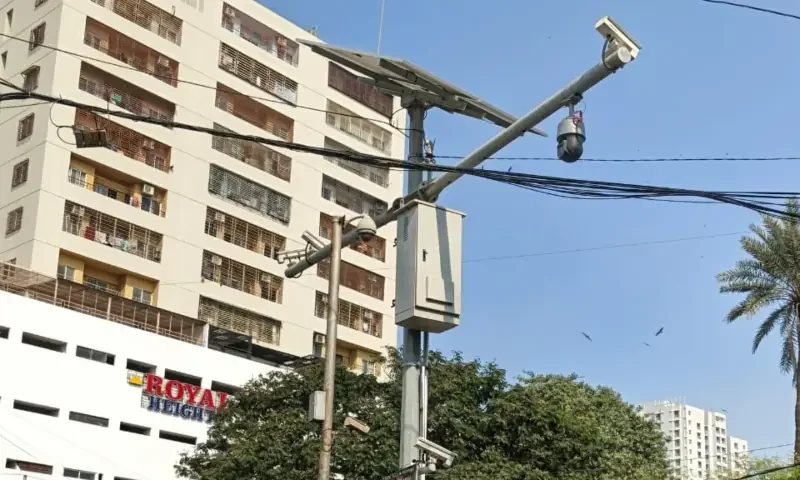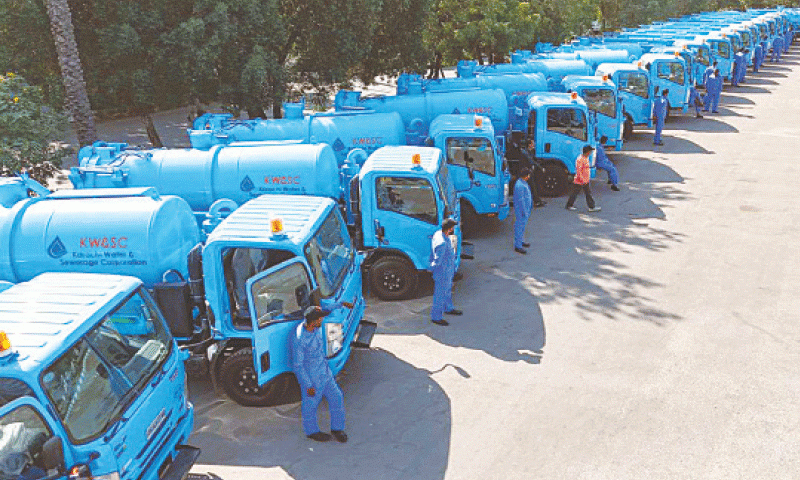Karachi is once again experiencing a severe water crisis, with a shortfall of 335 million gallons due to a major power disruption at the K-III pumping station. The blackout began at midnight between Thursday and Friday and, according to the Karachi Water and Sewerage Services Improvement Project (KWSSIP), the fault still had not been resolved even after 13 hours. This latest breakdown follows a series of recent power failures that have repeatedly impacted the city’s water supply. K-Electric had previously restored power on November 20 after a 41-hour outage, but the supply to the K-III station failed again after only a few hours of operation, this time because of another cable fault. As a result, water supply has been suspended to several major areas, including North Nazimabad, Gulberg Town, Gulistan-e-Jauhar, and Scheme 33. Many parts of Gulshan-e-Iqbal, New Karachi, Saddar, and Clifton are also reporting intense water shortages. KWSSIP CEO Asad Ullah explained that recurring technical faults and electrical issues at Dhabeji are the primary cause of these interruptions. He stressed that without these repeated power breakdowns, the water supply system would remain stable and uninterrupted. The Dhabeji pumping complex is the backbone of Karachi’s water distribution network, so any disruption has immediate and citywide consequences. Residents say the situation has become extremely difficult, noting that water tankers — often the only fallback option — are either not available or being sold at prices far beyond what most households can afford. This has added to the public frustration, particularly as the crisis comes on the heels of another major disruption earlier this month. On November 16, the Karachi Water and Sewerage Corporation (KWSC) reported a 100 million-gallon-per-day shortage after a power breakdown at the Dhabeji station damaged a major pipeline. Two pumps were shut down, and Line No. 5 of the supply system sustained damage, forcing emergency repair work near Thatta. Officials at the time warned that the failure, caused by a K-Electric power outage, would significantly impact the city’s water availability. The repeated failures at both Dhabeji and K-III highlight the fragile condition of Karachi’s essential water infrastructure and the heavy dependence on uninterrupted electricity to keep pumping systems running. Until the underlying electrical faults are resolved, residents are likely to continue facing widespread shortages and rising costs as demand for alternative water sources increases.
































